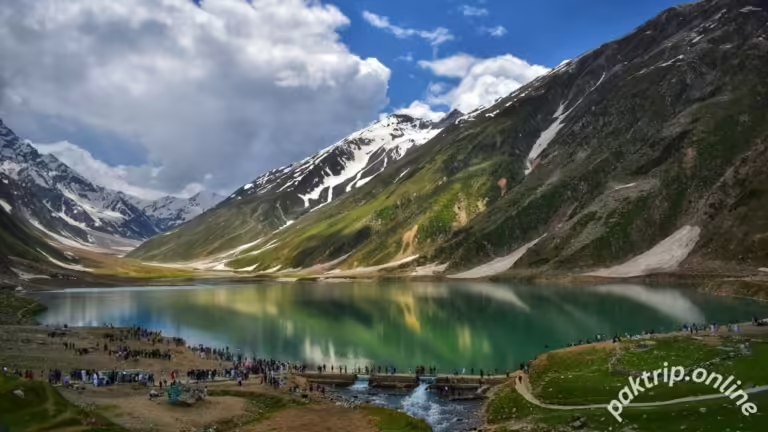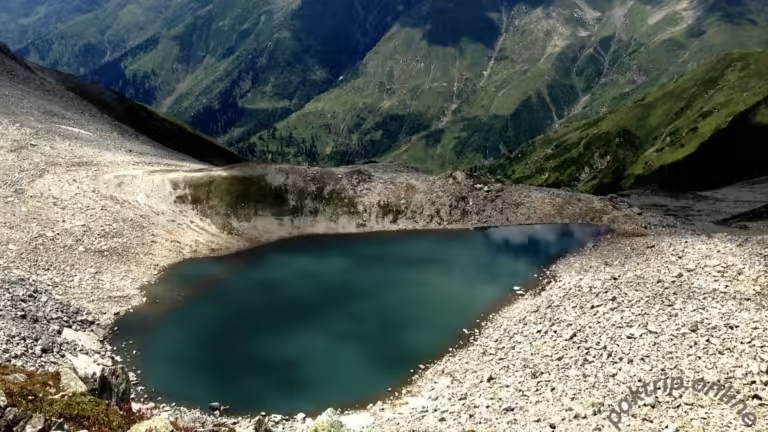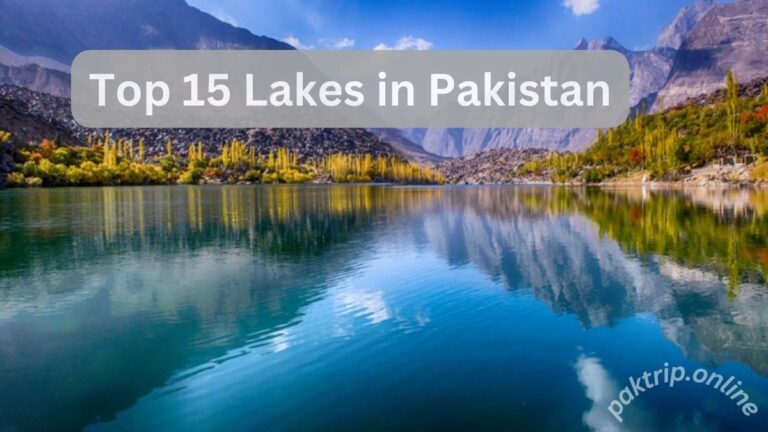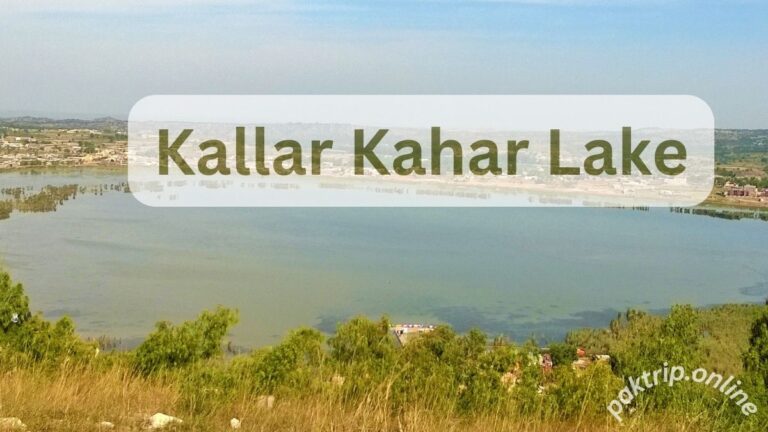Exploring Chitta Katha Lake in Shounter Valley, Pakistan
Nestled in the scenic Shounter Valley in Pakistan, Chitta Katha Lake is an awe-inspiring destination that draws adventure seekers and nature lovers alike. Known for its breathtaking beauty and challenging trek, this lake offers a glimpse into Pakistan’s raw, untouched wilderness.
Surrounded by towering peaks and crystal-clear waters, the lake embodies a pristine, unspoiled landscape that calls to the adventurous at heart. This guide provides an in-depth look at everything you need to know about Chitta Katha Lake, from its origins and unique features to what you’ll need to experience its wonders safely.
What Makes Chitta Katha Lake Unique?
Chitta Katha Lake is renowned for its distinctive appearance. Unlike other mountain lakes, it has a striking milky-white hue, which gives it a unique identity among travelers and locals. The name itself, “Chitta Katha,” translates to “white pond” in the local Hindko language, with “Chitta” meaning white and “Katha” meaning lake. This rare color is attributed to the white mineral deposits that collect in the lake, lending it a mystique that few lakes possess.
Another defining feature of Chitta Katha is its challenging accessibility. The lake is situated at an altitude of 13,500 feet, which makes reaching it a physically demanding journey. This high elevation combined with steep trekking paths creates a rewarding yet intense adventure that tests endurance and stamina, appealing to thrill-seekers who crave unique and rigorous experiences.
The Journey to Chitta Katha
Starting Point: Kel Village
Most journeys to Chitta Katha Lake begin in Kel, a small, charming village situated in the Neelum Valley of Azad Kashmir, Pakistan. Kel is accessible from Muzaffarabad, the capital of Azad Kashmir, and serves as the starting point for those headed to Shounter Valley. Kel provides travelers with basic accommodations, including the well-known State Continental Hotel, where visitors can recharge before beginning their trek. From Kel, travelers typically embark on a jeep ride to reach the village of Domail, the true starting point for the trek to Chitta Katha.
The Jeep Ride Through Shounter Valley
The jeep ride from Kel to Shounter Valley is an adventure in itself, lasting about two and a half hours. The journey follows a rugged path alongside the Shounter River, passing lush forests, rocky hills, and steep slopes. Rainy weather can turn the trail muddy, making the path treacherous for motorcycles, but jeeps with experienced drivers navigate it with relative ease.
Once at the jeep terminal, you’ll notice an array of scenic spots perfect for capturing photos of the stunning valley views. This leg of the journey reveals some of Pakistan’s most striking landscapes, preparing you for the even more picturesque sights that await at higher elevations.
Domail to Chitta Katha Lake Trek
The trek to Chitta Katha Lake begins at Domail, from where hikers climb steep trails, pass through dense forests, and cross rocky terrain to reach their first stop, known as Deck-1. The trail from Domail to Deck-1 is marked by narrow paths that can accommodate only one person at a time, adding a layer of challenge for group travelers. Proper trekking shoes and sticks are essential as the terrain can become slippery due to rain.
The trek from Deck-1 to Deck-2 is even steeper, with inclines reaching angles of 70 degrees or more. This section demands strength, agility, and patience, especially when dealing with frequent weather changes, including rain and even hailstorms. Despite these challenges, the view of white streams running through the forested landscape makes the experience incredibly rewarding.
Wildlife and Natural Beauty Along the Trek
One of the highlights of the trek is the diverse wildlife and natural scenery. Hikers often encounter a range of animals, including marmots (locally called “Kanchoa”) and the occasional snow leopard or snow bear sighting in the winter months. The landscapes change every few miles, from dense forests and grassy plains to waterfalls and rocky hillsides. Wildflowers bloom in abundance, adding vibrant colors to the trek, and the air is filled with the sounds of gushing streams and birdsong.
For trekkers with a keen interest in geology, the Shounter Valley is also known for its ruby deposits. Locals mine these valuable stones from the hills, adding a unique economic aspect to the area’s natural beauty.
Essential Tips for Trekking
Due to the altitude and challenging terrain, it’s crucial to prepare thoroughly before embarking on the journey to Chitta Katha Lake. Here are a few key tips:
Pack Light but Wisely: Bring only the essentials, including proper trekking shoes, a trekking stick, warm clothing, and sufficient food supplies. Water is available at certain points along the trail, but it’s wise to carry a small amount for the more remote sections.
Weather Preparedness: The weather around Chitta Katha Lake can be unpredictable, with sudden shifts from sunny skies to heavy rain or hail. Pack a durable raincoat and extra layers to stay comfortable throughout the trek.
Fitness and Stamina: The trek requires a good level of physical fitness due to the steep climbs and high altitude. Those unaccustomed to high-elevation trekking should engage in cardio and strength training to prepare.
Start Early: Starting the trek early allows for a more relaxed pace and provides time to enjoy the views without rushing. Early mornings also bring clearer skies, making it easier to appreciate the beauty of the lake.
Respect Nature: The trek is clean and relatively untouched, and it’s crucial to keep it that way. Travelers should avoid littering and leave no trace to preserve the area’s natural beauty for future visitors.
Reaching Chitta Katha: The Final Ascent
After a full day of trekking, you’ll arrive at Chitta Katha Lake, a serene and surreal sight set against a backdrop of towering snow-capped peaks. Unlike many mountain lakes, Chitta Katha is surrounded by steep walls of stone, giving it a secluded, almost mystical ambiance. The milky color of the lake contrasts with the green and brown hues of the surrounding mountains, creating a picture-perfect landscape that’s ideal for photography.
The lake’s isolated location makes it one of the most peaceful and untouched places in Pakistan. As you take in the breathtaking view, the physical effort required to reach the lake fades into the background, leaving only a sense of accomplishment and awe.
Practical Information for Visiting Chitta Katha
Best Time to Visit: The best time to visit Chitta Katha Lake is between June and September when the weather is milder, and the paths are accessible. During winter months, the trail becomes too dangerous due to snowfall and freezing temperatures.
Permits and Fees: While the Lake is accessible without a permit, it’s best to check with local authorities in Kel or Domail to ensure there are no restrictions. Visitors may encounter nominal fees for parking or camping in the area.
Guides and Porters: Hiring a local guide can enhance the experience, especially for first-time trekkers. Guides have in-depth knowledge of the area, are familiar with the trail, and can provide valuable assistance during challenging sections of the trek.
Conclusion
Chitta Katha Lake is a must-visit destination for those seeking adventure, natural beauty, and cultural immersion in the heart of Pakistan’s mountainous terrain. The journey to the lake offers more than just scenic views; it’s a journey of personal growth and resilience as you overcome the physical and mental challenges posed by the trek. It’s a place where nature’s grandeur is on full display, untouched and preserved, allowing visitors to feel at one with the landscape.
For travelers who are prepared and equipped for the experience, Chitta Katha Lake delivers a memorable journey that’s as rewarding as it is beautiful. Whether you’re a seasoned hiker or someone looking for an inspiring challenge, the trek to Chitta Katha Lake will leave you with a profound sense of wonder and a newfound appreciation for Pakistan’s remarkable natural landscapes.







